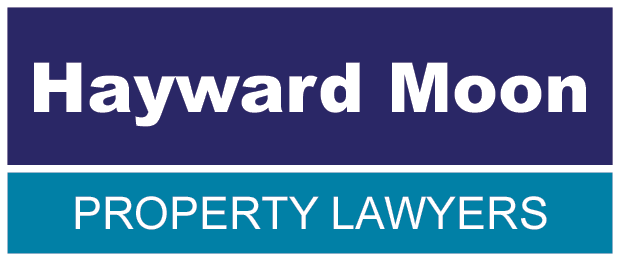Many home buyers may assume that a seller will leave specific items in the house such as white goods, however, as there is no legal guarantee of this, it is important to make sure everything that is to be included in the house is included in the Fittings and Contents form which can be attached to the Contract to form part of it.
It’s recommended that you should agree on the fixtures and fittings that will be included in the sale of the property at negotiation stage, through the selling agents.
What are Fixtures and Fittings?
There is no definitive answer as to what a fixture and fitting is but there are some rules that can help class a fixture or fitting. In some house sales, items such as integrated appliances and fitted furniture will be left but often these can be used as a bargaining tool or thrown in with the price of the property.
What is included in the property should be made clear in an inventory of sale which can be attached to the Fittings and Contents form, also known as form TA10.
Fixtures
Fixtures are items that are fixed to the building; therefore, they should not be removed. The item must be either physically a part of the building or on the land that the building sits on.
Some examples of fixtures are:
· Light fittings
· Radiators
· Security/alarm systems
· Fitted furniture
· Basins
· Bathtubs
· Plug sockets
· Faucets
· Dishwashers
· Central-heating boilers
· Ovens/hobs
· Integrated fridges and freezers
· Worktops
Fittings
A fitting is a free-standing item that can be easily removed from a property.
Some examples of fittings are:
· Beds/sofas
· Freestanding appliances
· Lamps and lampshades
· Standalone wall cabinets and freestanding furniture
The Law on what is included when buying a property
There is nothing legal in place to say what a seller should leave behind when selling a house. Therefore, a house could be left fully furnished or a house could be completely stripped down to the light fixtures and kitchen worktops.
Legally a seller is not obligated to leave any specific items behind. However, the seller does have a responsibility to create an inventory to help explain to the buyer what will and won’t be left in the house when they move.
In most cases, a seller will usually leave behind any fixtures and take all fittings when moving.
Negotiating Fixtures and Fittings
Both buyers and sellers can negotiate fixtures and fittings. For example, if a buyer finds the seller unwilling to compromise on a property’s asking price, they could request that the seller leaves the white goods behind if they are going to pay the full asking price.
On the other hand, a seller may find a buyer unwilling to increase their offer to a figure the seller is happy with. Therefore, they might wish to offer some fixtures if the buyer brings up their offer.
The Fixtures and Fittings form (TA10)
A TA10 form, also known as a Fixtures and Contents Form identifies clearly what is and what is not included in the sale of the property. It is the seller’s responsibility to complete this form. Although the form is not compulsory, it is advised to avoid disputes and complications. Sellers should be given a copy of the TA10 form to complete by their solicitors and they should go through the property room by room to decide what fixtures and fittings to take or leave.
Finally, once the form is completed, the seller’s solicitor will hand the form over to the buyer’s solicitor for the client to go through and raise any queries.
What is included in a TA10 Form?
A TA10 form will usually cover:
· Basic fittings
· Kitchen
· Fitted units
· Bathroom
· Light fittings
· Carpets
· Curtains and curtain rails
· Outdoor
· Stock of fuel
· Television and telephone
· Other items
If you want to buy, sell or remortgage your property, Hayward Moon is on hand to provide professional advice and support. Our conveyancing process is designed to safeguard your interests at every stage of the transaction, whether you are buying, selling, or re-mortgaging your property.



